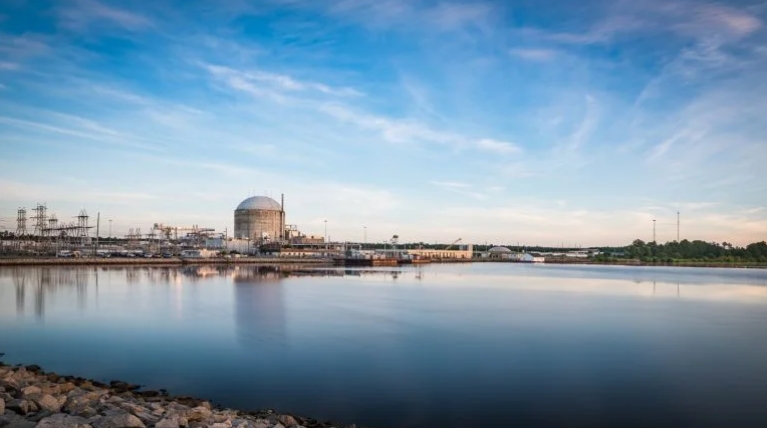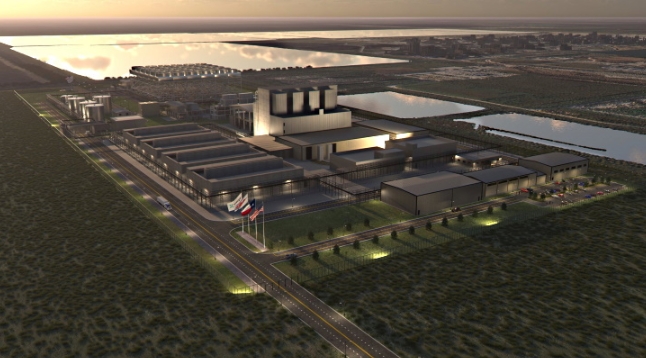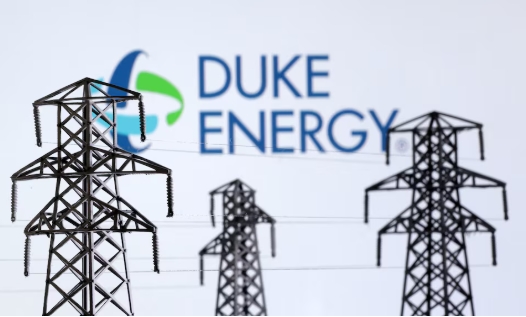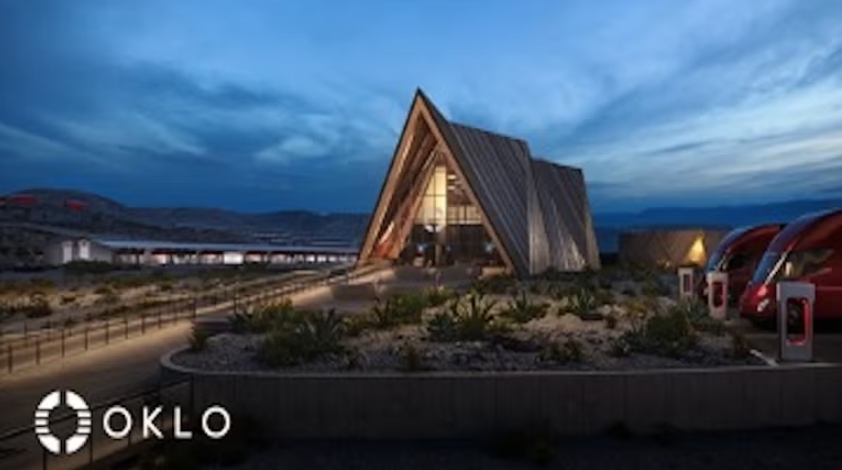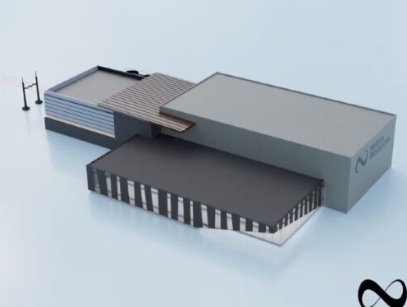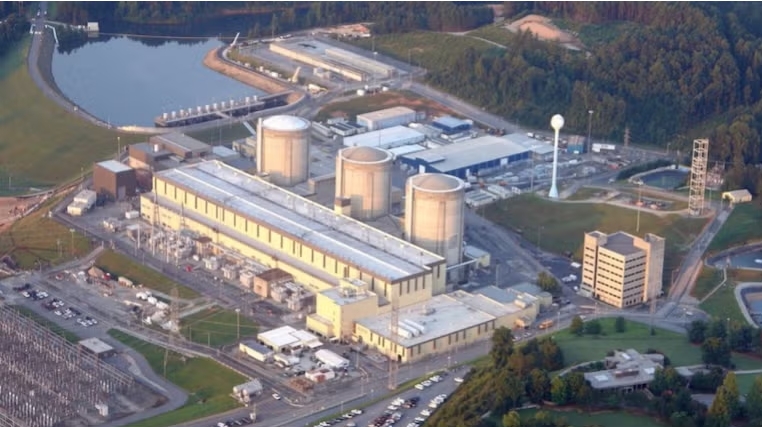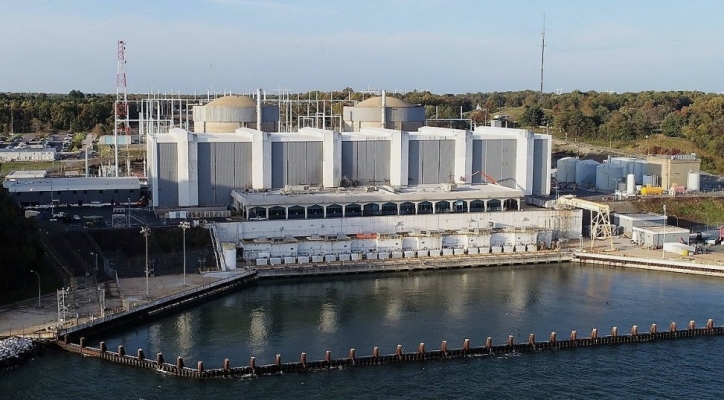The UK Department for Business, Energy and Industrial Strategy (BEIS) on 23 July released a package of energy-related policy proposals for consultation, ahead of the appointment of a new Prime Minister.
The government had been expected to publish an Energy White Paper containing reforms to mobilise increased investment in nuclear, carbon capture and storage (CCS), and energy efficiency projects. However, this is now on hold pending government changes. A key consultation document concerns a new financing model involving the use of the Regulated Asset Base (RAB) approach to attract significant private investment for future nuclear power in the UK.
Business and Energy Secretary Greg Clark said: "The RAB approach could also be used to reduce the costs of the transport and storage of carbon dioxide. A funding model similar to the Contracts for Difference scheme, which provides developers with a set price for low-carbon electricity will be explored alongside other options to deliver investment in Carbon Capture Usage and Storage (CCUS) power projects while cutting emissions. The government's ambition is to roll out the technology at scale by the 2030s, subject to costs coming down, as part of its world-leading commitment to become a net-zero emissions economy by 2050."
BEIS is seeking views from stakeholders on the proposed RAB model over the coming 12 weeks. The consultation close will close on 14 October. The government had decided to review the viability of the RAB approach in June 2018 and in January undertook to publish an assessment by summer 2019. "Our assessment has concluded that, by providing regulated returns to investors, a RAB model has the potential to reduce the cost of raising private finance for new nuclear projects, thereby reducing consumer bills and maximising value for money for consumers and taxpayers," BEIS said.
In 2016, the government approved construction of Hinkley Point C (HPC) plant and in 2018 "signed an ambitious sector deal with the nuclear industry to reduce costs, drive innovation and increase diversity across the sector. The UK also recently became the first major economy to legislate for a target of net-zero greenhouse gas emissions by 2050. BEIS said electricity demand would grow significantly by 2050 and to meet this demand, whilst reducing emissions to low levels, there will need to be a "substantial increase in low carbon generation" at a time "when seven out of eight of our existing nuclear power plants… are due to come offline by 2030".
While renewable technologies such as offshore wind and solar "are likely to provide the majority of our low-carbon generating capacity in 2050", BEIS said there will still be a crucial role for low-carbon, 'always available' power in 2050. While advances in technologies, system flexibility and energy storage "may eventually provide additional options for fully decarbonising the power sector", significant capacity of new nuclear power stations and gas-fired power plants with CCUS, alongside renewables, will also be required," BEIS noted. "In that context, the government believes that we should be prepared to support further new nuclear projects in the years ahead if they can be delivered at a competitive price and each individual project represents value for money."
How new nuclear projects are financed going forward is "the next major challenge". HPC is being funded by EDF and China General Nuclear (CGN), with a Contract for Difference (CfD) providing long-term price stability for the generator but leaving construction and operating risk with the investors. "The CfD model was appropriate in this instance as HPC was the first new nuclear project to begin construction in the UK for a generation." At that point the European Pressurised Reactor (EPR) technology was not operational anywhere in the world, and projects in France and Finland had suffered significant delays and cost overruns. "It was therefore right that all construction and operational risk should sit with the project investors. The context will, however, be different for future new nuclear projects."
BEIS noted that replicating a CfD model for further new nuclear projects has proved very challenging, noting that in June 2018 the government indicated it was "willing to consider direct investment into Horizon's proposed Wylfa Newydd nuclear project, alongside investment from Hitachi, Japanese Government agencies and other parties". However, future new nuclear projects beyond Wylfa should be financed by the private sector, and the RAB model would be considered. Although Hitachi's UK subsidiary, Horizon Nuclear Power, suspended the Wylfa project, "our assessment has concluded that a RAB approach could present a sustainable and value for money model for funding new nuclear projects,"
BEIS said the consultation is to seek views from stakeholders on a nuclear RAB model… on the basis that this model would be introduced alongside our existing model for delivering new nuclear projects, the CfD model, rather than as a replacement."
A RAB model is a type of economic regulation typically used in the UK for monopoly infrastructure assets such as water, gas and electricity networks. The company receives a licence from an economic regulator, which grants it the right to charge a regulated price to users in exchange for the provision of the infrastructure in question. In 2016 the model was applied successfully for the first time to a single asset construction project – the Thames Tideway Tunnel (TTT) sewerage project. Much of the private sector equity finance that was raised to deliver the project came from UK pension funds.
Several new-build projects had been planned in the UK, but some had floundered as a result of funding difficulties. As well as the two EPR units under construction at HPC, EDF and CGN also plan to build new plants at Sizewell in Suffolk and Bradwell in Essex, the latter using Chinese reactor technology. However, in 2018, Toshiba Corp abandoned a nuclear new-build project in Cumbria where it planned to build Westinghouse AP1000 units and wound up its subsidiary managing the project, NuGen. Earlier in 2019, Horizon's new-build projects were suspended at two sites - Wylfa Newydd, in north Wales, and Oldbury-on-Severn, in southwest England.
Nuclear industry response to the consultation announcement has generally been positive. A Horizon spokesman said it "warmly welcomed" the statement. "As we said when we announced the suspension of our projects, a new funding and financing model is one of the essential steps if we are to potentially restart our development activities.
"We will now look in detail at what the government has set out and continue our engagement with them on this issue."
Tom Greatrex, chief executive of the UK's Nuclear Industry Association, welcomed the proposal for a RAB model saying it "promises to make a substantial contribution to reducing the cost of building the new nuclear capacity we need if we are to meet our climate change targets of reducing our reliance on fossil fuels while maintaining a secure, reliable system of power generation".
EDF Energy said "Lower costs for financing nuclear will benefit consumers through their bills and [the] consultation shows a way this can happen at Sizewell C in Suffolk." As a "near replica" of Hinkley Point, EDF said that Sizewell C would be cheaper to bulid and finance. "It will benefit from the experience of Hinkley Point C's engineers, contractors and suppliers and lessons from other nuclear projects, including operational EPR plants."

